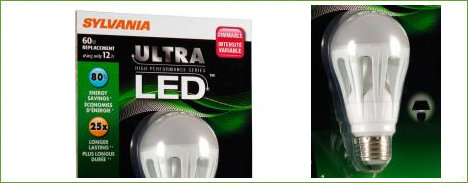Tuesday, April 5, 2011, 09:30 PM
Posted by Administrator
I just read a lengthy but well written article on earthquake preparedmess. As the focus of the article changed and stretched into related subject matter from current events in Japan, I found the following very interesting:Posted by Administrator
From the article...
Nuclear power is essentially an elaborate and unlikely way to boil water to turn turbines to create electricity. Its makers must mine, refine, and consolidate huge amounts of one of the deadliest materials on earth, uranium-235 (the less than 1 percent of naturally occurring uranium with 235 electrons; the leftover 99 percent, the less radioactive but nevertheless deadly U-238, becomes nuclear waste in the process). U-235 and the plutonium created from it are dangerous at every stage of the process. In addition, constructing a power plant requires a huge amount of carbon-spewing conventional energy, so thereís never been a lot of logic to building them to bridge our move to renewable energy.
The delusional premise behind nuclear energy is that we can create this material and then contain it for the duration of its dangerous phase. For plutonium, thatís 24,000 years, or about 15 times as long as something called civilization has existed. For uranium-235, thatís 700 million years, a time so vast itís basically forever.
Fifty years into the nuclear age, weíve had four major reactor accidents, along with a host of minor ones and leaks and ventings, and we still donít know what to do with the nuclear waste that plants like the ones at Fukushima produce even when no accidents occur. This is the ďspent fuelĒ that the U-235 quickly becomes. Itís still intensely radioactive and toxic; itís only ďspentĒ in the sense that itís no longer useful for boiling water in reactors. Itís still useful for bombs, dirty or otherwise.
There are better ways to boil water.
Follow the related link below to read the entire article.


 Calendar
Calendar




